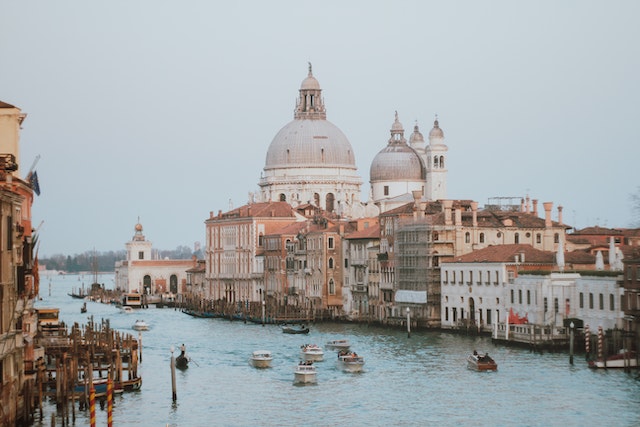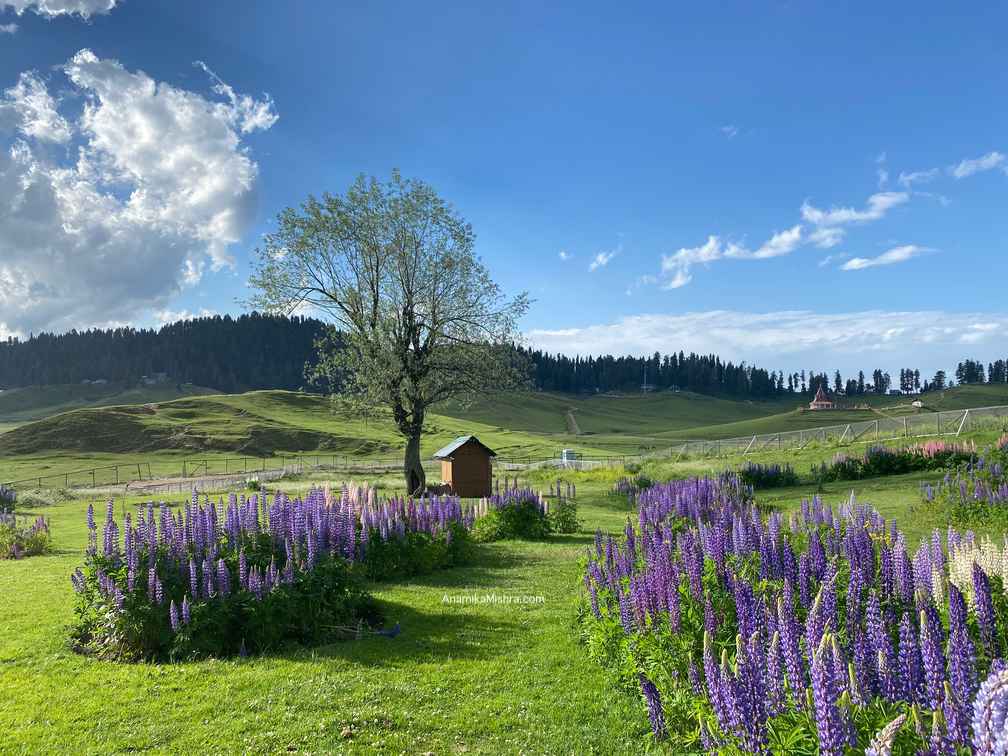Embark on a journey through time and space as we explore ten ancient ruins that stand as testaments to human ingenuity, cultural achievements, and architectural brilliance. These remarkable sites have captured the imagination of people worldwide, serving as reminders of the rich tapestry of human history. From the Acropolis of Athens, a symbol of Greek civilization’s pinnacle, to the Pyramid of Giza, an enduring testament to ancient Egyptian engineering, these ruins offer profound insights into the civilizations that once thrived.
We’ll marvel at the Colosseum, an iconic symbol of Roman entertainment and grandeur, and journey to the mountaintop citadel of Machu Picchu, a stunning testament to the Inca’s harmonious coexistence with nature. Discover the rock-cut marvels of Petra in Jordan and the awe-inspiring temple complex of Angkor Wat in Cambodia. Journey to the heart of the Maya civilization at Chichen Itza and Tikal in Mexico and explore the enigmatic Stonehenge in the United Kingdom. Finally, we’ll set our sights on Easter Island, where the mysterious Moai statues beckon with their silent allure. These ruins offer more than just historical significance; they provide an opportunity to connect with our shared human heritage and ponder the mysteries of the past.

Here is the list of best ruins that you must visit once:
Pyramid of Giza – Egypt: The Pyramid of Giza, located on the Giza Plateau near Cairo, is an enduring testament to the technological prowess of the ancient Egyptians. It is the oldest and largest of the three pyramids in Giza and was originally over 146 meters (481 feet) tall. The pyramid served as a tomb for Pharaoh Khufu, who reigned during the 4th Dynasty of the Old Kingdom. Constructed with an estimated 2.3 million blocks of limestone and granite, some weighing up to 80 tons, the precision and scale of its construction are awe-inspiring. The pyramid’s alignment with celestial events and its unique interior passages continue to spark curiosity and wonder.
Acropolis of Athens – Greece: The Acropolis of Athens has stood as a symbol of Greek cultural and architectural achievements for over 2,500 years. The site was inhabited as early as the 4th millennium BCE, but it gained prominence during the 5th century BCE when Pericles, the influential Athenian statesman, initiated a construction program to create some of the most iconic structures of ancient Greece. The most famous building on the Acropolis is the Parthenon, dedicated to the goddess Athena, the city’s patron deity. The Parthenon’s exquisite Doric columns and intricate friezes exemplify the peak of classical Greek architecture. The Erechtheion, with its unique Porch of the Caryatids, and the Temple of Athena Nike are other notable structures on the Acropolis.
Colosseum – Rome, Italy: The Colosseum, completed in 80 CE, stands as a symbol of Roman engineering and entertainment. It could hold tens of thousands of spectators who gathered to watch a variety of public spectacles, including gladiatorial contests, wild animal hunts, and reenactments of famous battles. The Colosseum’s elliptical design, with a complex system of trapdoors and elevators, allowed for dramatic and elaborate performances. Despite facing damage from earthquakes and looting over the centuries, the Colosseum remains an iconic symbol of ancient Rome’s grandeur and has become one of the most visited historical sites in the world.
Machu Picchu – Peru: Machu Picchu, perched 2,430 meters (7,970 feet) above sea level, is one of the most spectacular archaeological sites in the world. The city was built by the Inca emperor Pachacuti in the mid-15th century and served as a royal retreat and religious center. Surrounded by lush mountains and divided into agricultural, residential, and ceremonial sectors, Machu Picchu showcases the engineering brilliance of the Inca civilization. The precise construction of its dry-stone walls and the strategic use of agricultural terraces make it an exceptional example of harmoniously integrating human settlement with the natural environment.
Petra – Jordan: Petra was the capital of the Nabataean Kingdom, an ancient Arab civilization that thrived from the 4th century BCE to the 2nd century CE. Situated in a rocky desert canyon, the city was a crucial hub for trade routes, allowing the Nabataeans to accumulate wealth and architectural sophistication. The most famous structure, the Treasury (Al-Khazneh), is a marvel of rock-cut architecture, with intricate carvings and columns. Petra’s unique blend of Hellenistic, Roman, and indigenous Nabataean influences sets it apart as a fascinating historical and cultural crossroad.
Angkor Wat – Cambodia: Angkor Wat, built in the 12th century by King Suryavarman II, is an unparalleled architectural marvel and a symbol of Cambodia’s cultural heritage. This vast temple complex was originally dedicated to the Hindu god Vishnu but later transformed into a Buddhist site. The five iconic towers represent Mount Meru, the mythical home of the gods in Hindu and Buddhist cosmology. The intricately carved bas-reliefs depict epic stories and scenes from the Khmer Empire’s history, providing valuable insights into ancient Cambodian civilization.
Chichen Itza – Mexico: Chichen Itza, the dominant city of the northern Yucatan Peninsula during the Late Classic and Early Postclassic periods of Maya civilization, represents a unique blend of architectural styles. The Kukulkan Pyramid, also known as El Castillo, exhibits a combination of Maya construction techniques and Toltec influence. During the spring and fall equinoxes, shadows create an illusion of a serpent descending the pyramid’s steps, an impressive astronomical alignment. The Great Ball Court, the largest in Mesoamerica, reflects the significance of the Mesoamerican ballgame in religious and political contexts.
Stonehenge – United Kingdom: Stonehenge is an enigmatic prehistoric monument composed of large standing stones arranged in a circular layout, surrounded by an earthwork. Built over several phases between 3000 and 2000 BCE, its purpose remains a subject of speculation. The site’s orientation to the movements of the sun during solstices and equinoxes indicates its probable astronomical and religious significance. Stonehenge represents the culmination of centuries of knowledge and engineering skill, reflecting the spiritual beliefs and cultural practices of Neolithic and Bronze Age societies.
Tikal – Guatemala: Tikal, one of the most prominent ancient Maya cities, flourished between 200 and 900 CE. Situated in the heart of the Guatemalan rainforest, Tikal’s architecture integrates seamlessly with the natural environment, highlighting the Maya civilization’s advanced urban planning and sustainable practices. The towering pyramids, such as Temple I and Temple II, served as ceremonial centers and observatories. The city’s plazas and ball courts provide insight into the Maya’s social, political, and religious life, making Tikal an essential site for understanding pre-Columbian Mesoamerica.
Easter Island – Chile: Easter Island, located in the southeastern Pacific Ocean, is renowned for its remote location and the enigmatic Moai statues. Carved from volcanic tuff, these monolithic human figures range in height from 1 to 10 meters (3 to 33 feet) and were created by the Rapa Nui people between the 13th and 16th centuries. The purpose of the Moai and the means by which they were transported and erected remain subjects of scholarly debate. Visiting Easter Island offers a chance to connect with a unique Polynesian culture and contemplate the island’s intriguing history and ecological challenges.
Also read:
11 Monsoon Travel Tips You MUST Follow, Sharing From My Experience
8 Ways to Travel Like a Millionaire on a Budget
My Scary Experience of India’s Most Haunted Place -Lohaghat
If you like reading novels, do check out my bestselling novels as well. Do follow me on my instagram and facebook and be a part of my social media fam to get realtime updates from me! And just in case you don’t know, I also have a Youtube Channel, subscribe me there for my travel vlogs and other interesting stuff. Thanks in advance!




